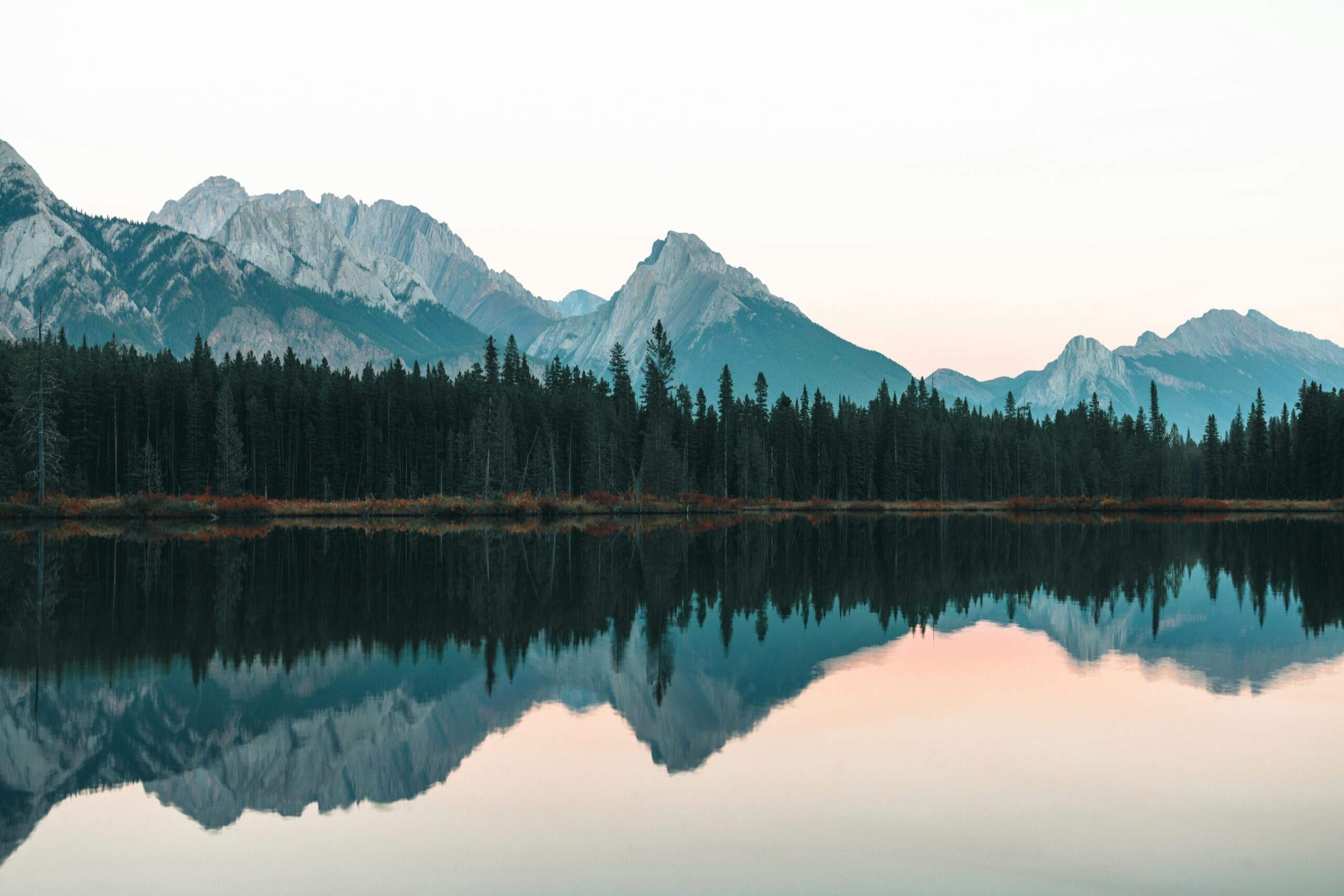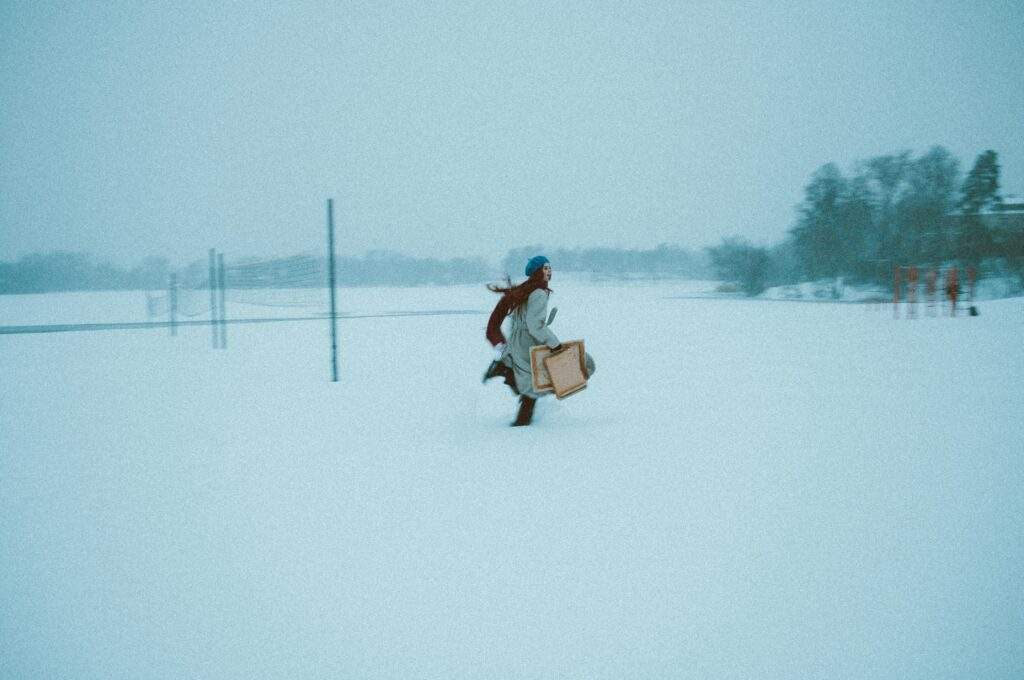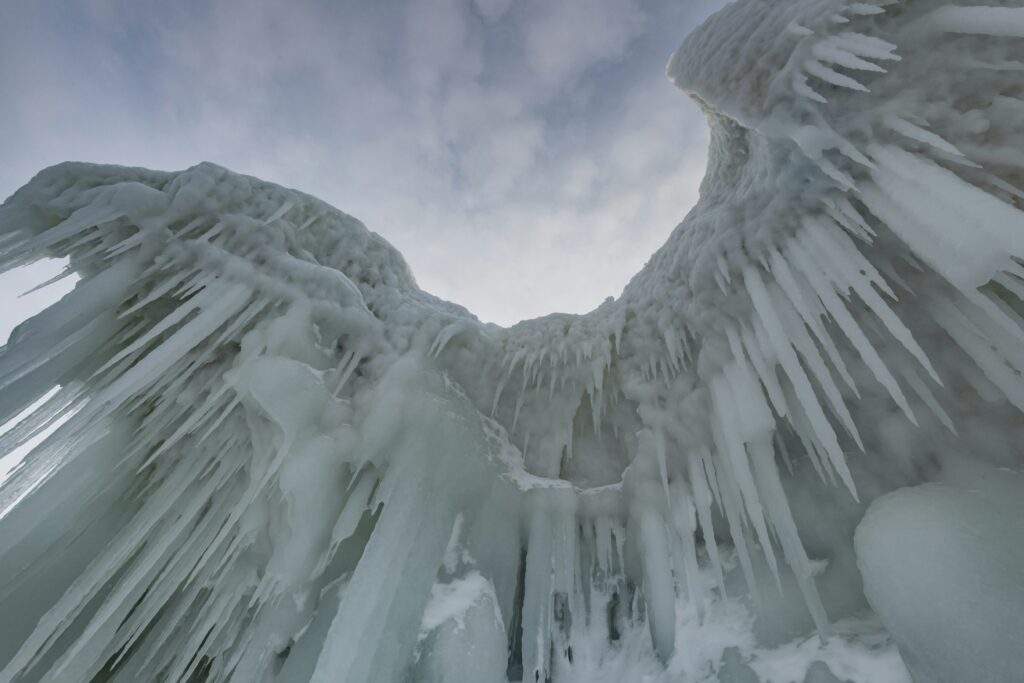Ever woken up in your tent to find your sleeping bag has turned into a frozen burrito? Yeah, we’ve been there too. If you’re ready to tackle the white wilderness but unsure where to start, don’t sweat it. This guide will teach you snow camping tips designed for snowshoeing tours, blending preparation with fun so you can savor every frosty moment.
In this post, we’ll cover everything from choosing the right gear to surviving rookie mistakes, all tailored for those who want to embrace the beauty of snowy escapes. You’ll learn how to prep for snow camping, avoid common blunders, and discover tips that feel like hot cocoa for your adventure soul.
Table of Contents
- Why Try Snow Camping on Your Next Tour?
- Step 1: Gear Up Like a Pro
- Step 2: Setting Up Camp Without Freezing
- Snow Camping Tips You Can’t Ignore
- Real Stories: When Things Go Wrong (and Right)
- FAQs About Snow Camping
- Conclusion: Ready for Your Adventure?
Key Takeaways
- Pack wisely: Lightweight is key, but warmth wins over style.
- Create micro shelters: Protect yourself from wind and moisture.
- Pace yourself: Overexertion leads to sweaty chills—no bueno.
Why Try Snow Camping on Your Next Snowshoeing Tour?
If you think hiking through powdery trails sounds magical, try spending the night under a starlit sky surrounded by untouched snow. Snow camping adds an extra layer of thrill to snowshoeing tours. It’s not just about physical endurance; it’s about creating memories that linger longer than the cold bite on your cheeks. Think crackling fires, frost-covered trees, and the quiet solitude only nature can offer.
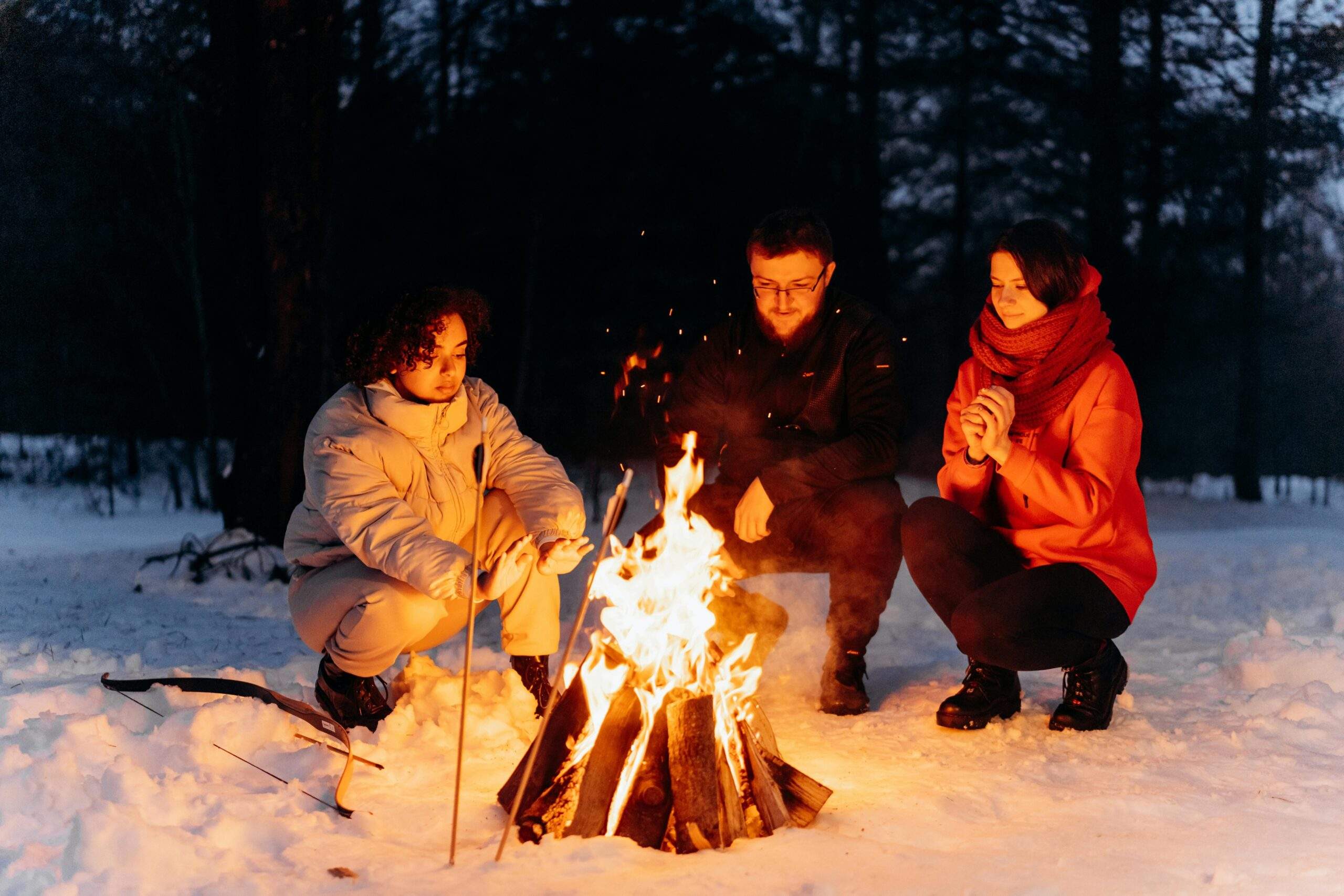
A cozy fire is essential for warmth and morale during snow camping trips.
Step 1: Gear Up Like a Pro
Picture this: I once went snow camping without waterproof gloves because “my regular fleece ones should work.” Spoiler alert—they didn’t. My fingers felt like popsicles before dinner even started. Here’s how to avoid my epic fail:
- Tent: Look for four-season tents designed to handle heavy winds and snow loads.
- Sleeping Bag: Opt for a bag rated for sub-zero temperatures.
- Insulated Pad: Prevent heat loss with a thick sleeping pad.
- Clothing Layers: Moisture-wicking base layers + insulating mid-layers + waterproof outerwear = lifesaving combo.
Step 2: Setting Up Camp Without Freezing
Setting up your home away from home in freezing conditions isn’t as easy as pitching a tent in summer. But follow these steps, and you’ll have a snug nest faster than you can say “brrr.”
- Choose Flat Ground: Clear snow and look for natural windbreaks like trees or rocks.
- Dig Trenches Around the Tent: Prevent melting snow from pooling inside.
- Ventilation Matters: Open vents to reduce condensation buildup—it’s the enemy of dry gear.

Properly situated tents make all the difference when braving snowy nights.
Snow Camping Tips You Can’t Ignore
Optimist You: “These tips are foolproof!”
Grumpy You: “Yeah, unless you’re me trying them for the first time.” Let’s dive in:
- Hydrate Often: Dehydration sneaks up faster in cold weather.
- Eat High-Calorie Foods: Keep energy levels high with nuts, chocolate, and freeze-dried meals.
- Avoid Alcohol: Sounds fun, but booze lowers core body temperature. Stick to tea instead.
- Terrible Tip Alert: Don’t sleep naked thinking it’ll keep you warm—it won’t. Layers are your BFF.
Real Stories: When Things Go Wrong (and Right)
Rant time! There’s nothing more infuriating than someone bragging about their lightweight backpack while shivering uncontrollably. A buddy once skipped bringing a proper sleeping pad during a group trip. He spent the entire night tossing and turning, complaining louder than the nearby wolves. Meanwhile, another friend brought along hand warmers and shared them generously. Lesson learned: Preparation beats bravado every time.
FAQs About Snow Camping
Q: What’s the best way to stay warm overnight?
A: Invest in quality insulation, including a high-R-value sleeping pad and a well-rated sleeping bag. Avoid cotton clothing.
Q: How do I deal with bathroom breaks?
A: Bring pee bottles or ziplock bags for convenience. No one wants midnight dashes in -20°F temps.
Conclusion: Ready for Your Adventure?
Armed with these snow camping tips, you’re now equipped to tackle your next snowshoeing tour with confidence. Whether you’re drawn to serene landscapes or seeking a challenge unlike any other, remember: preparation meets passion equals success. Just don’t forget your damn gloves!
Like a Tamagotchi, your outdoor skills need daily care—and trust us, mastering snow camping is worth every effort.
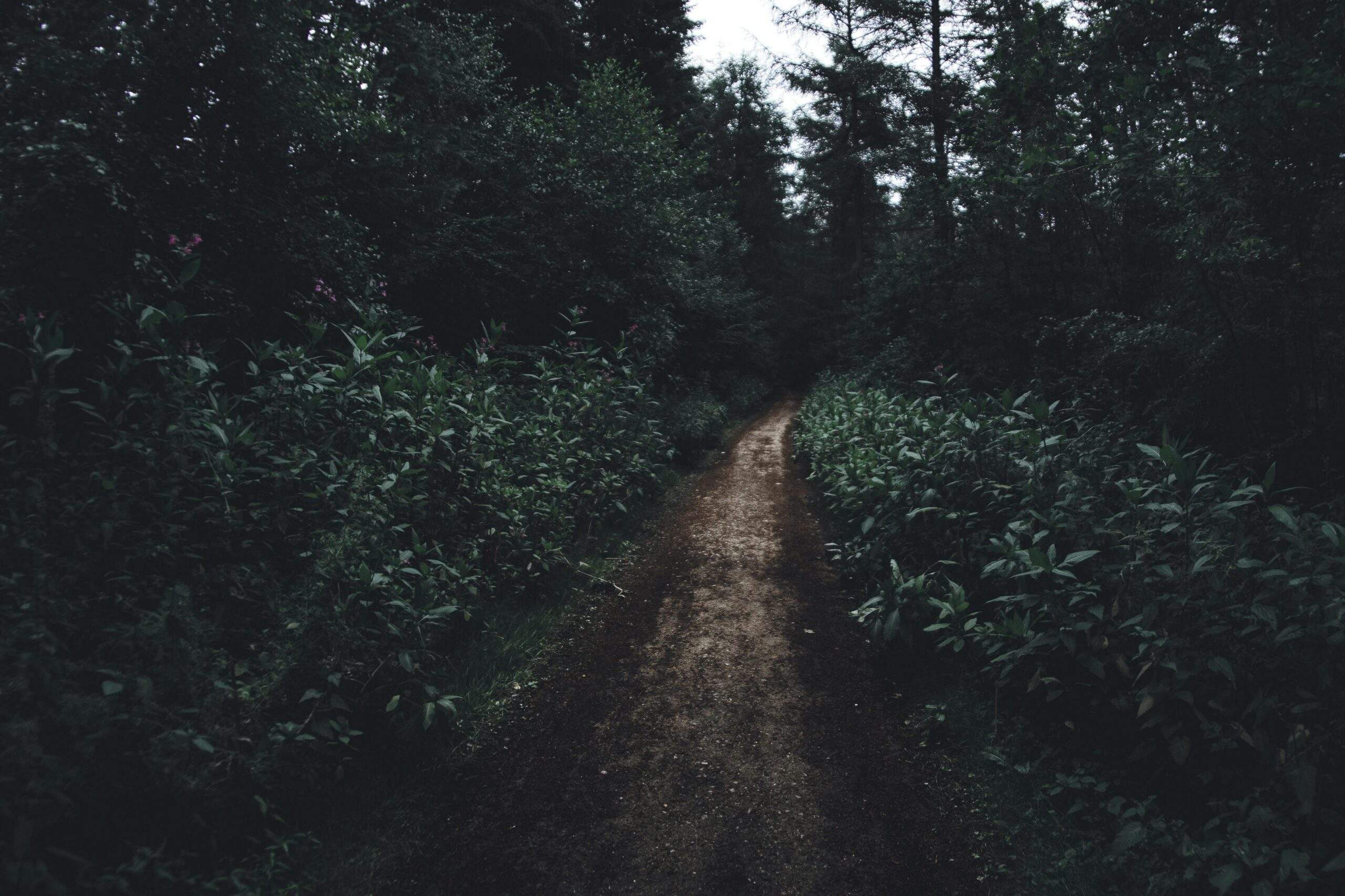
Every step closer to adventure starts with the right tools and mindset.
